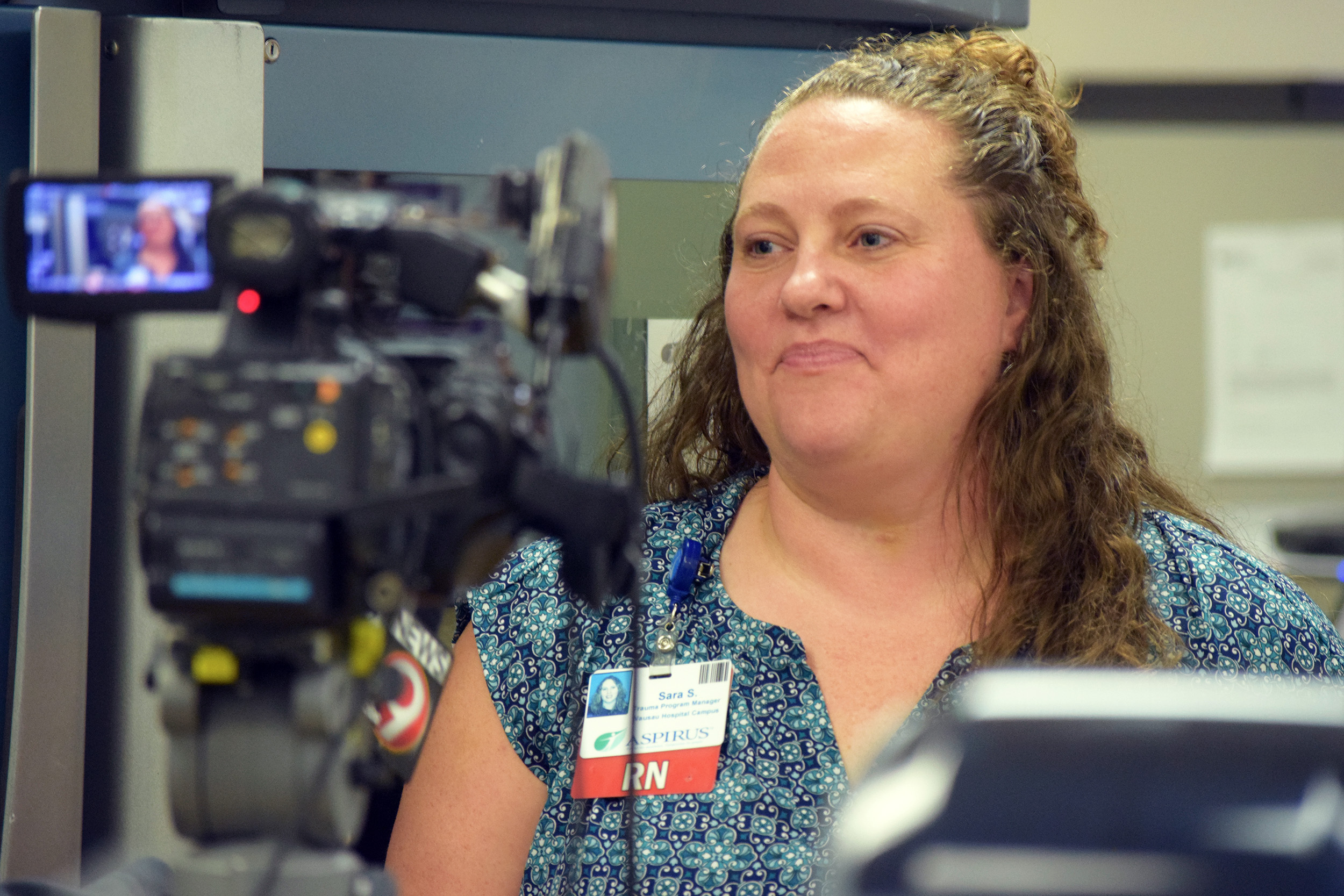Stop The Bleed: How bystanders can save lives

Emergency situations can occur without warning, at any time. Regardless of how fast emergency responders can arrive on the scene, bystanders will typically be the first people available who can help. This can be especially important if someone is experiencing uncontrolled bleeding.
A person with uncontrolled bleeding can die within five minutes, so it is important to find a way to quickly stop blood loss. Anyone at the scene can act as immediate responder and save lives if they know what to do.
May 19th is National Stop the Bleed Day. Stop the Bleed is intended to encourage bystanders to become trained, equipped, and empowered to help in a bleeding emergency before professional help arrives.
“Time is a critical factor when it comes to traumatic injuries. The first few moments are the most critical. Knowing how to use your hands, dressings and tourniquets to control bleeding until professional responders arrive can help save lives,” says Sara Steen, Aspirus trauma program manager.
Being properly trained and equipped can help save the life of a friend, family member, coworker or stranger. By learning how to stop the bleed you can be the help until help arrives, sometimes making the difference between life or death.
The Aspirus trauma team is proud to offer Stop the Bleed group training to schools, businesses and organizations in our communities. If you would like this training offered at an organization, please call 715-847-2234 or visit www.aspirus.org/stop-the-bleed-program.